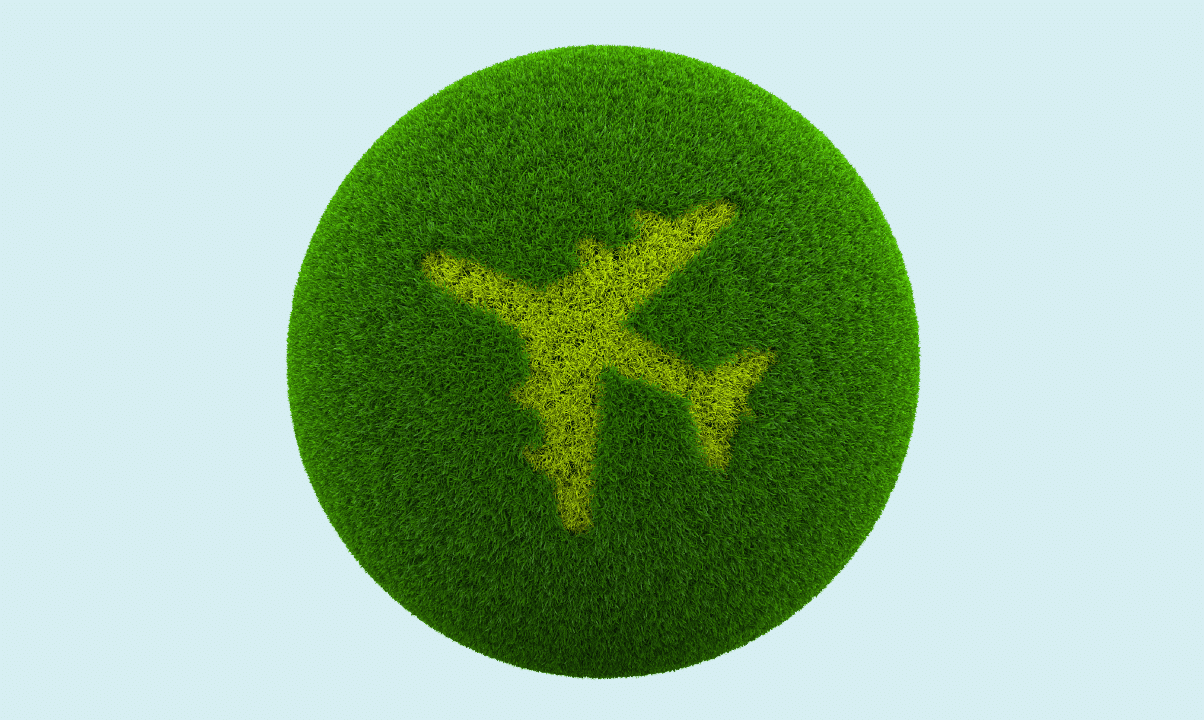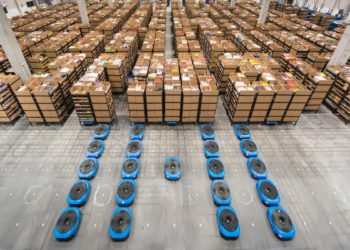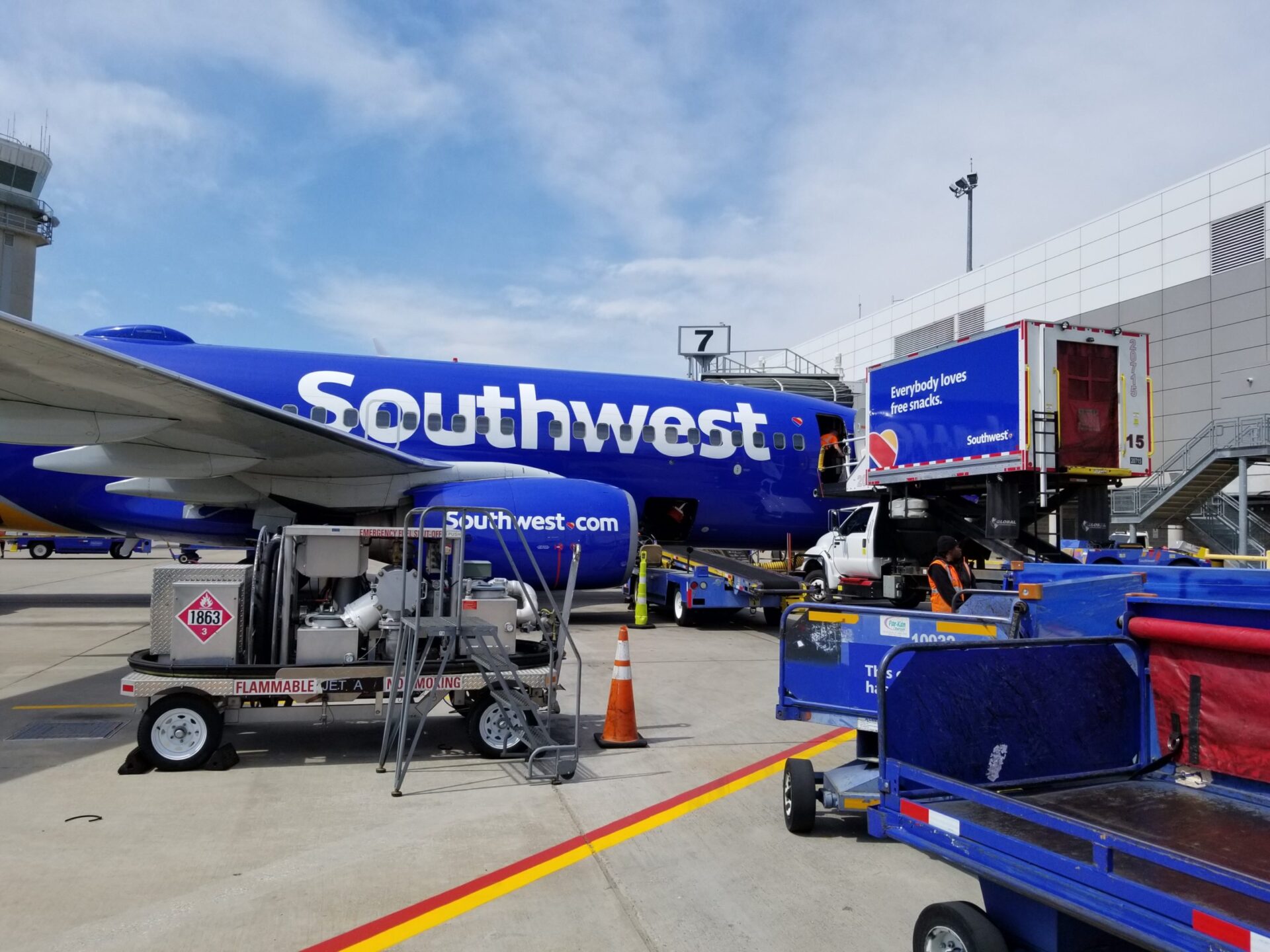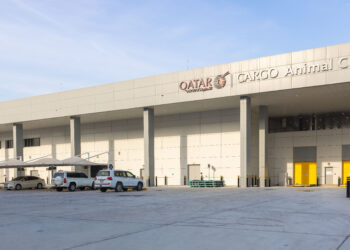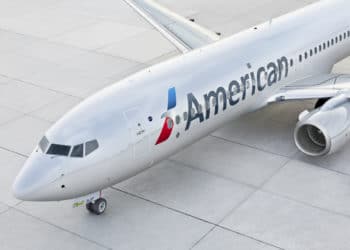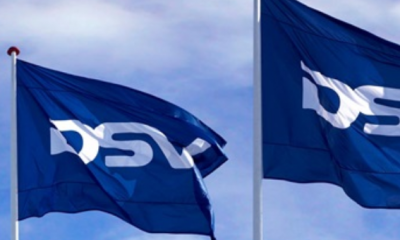No products in the cart.
Executives to Watch: Ogiermann strives for Qatar’s transparency

As head of cargo for Qatar Airways, Uli Ogiermann is quite familiar with rapid growth. The ascent of Qatar’s cargo arm under his leadership has been nothing short of meteoric, with the combination carrier rising from thirteenth place two years ago, to third place in 2016, in terms of cargo volumes carried.
However, “growth and capacity isn’t everything,” he cautioned. “It must be accompanied by a focus on quality. If you have a big operation with nonperforming infrastructure, quality systems and processes, it doesn’t work.”
Qatar’s response to this directive has been a tech-intensive strategy that plays out well with customers. The carrier recently spent US$1 billion on a massive, 1.4-million-tonne-per-annum warehouse that is already pushing its limits. Additional warehouse space under construction will add another 3 million tonnes to the carrier’s capacity.
At Qatar, transparency is a priority for Ogiermann and his team. To meet freight forwarders’ expectations for round-the-clock accountability of high-value specialty cargo, such as pharma and life-sciences materials, the carrier also went to great lengths to automate shipping and provide shippers with open systems. Qatar Airways Cargo’s in-house platform, called CROAMIS (for Cargo Reservations, Operations, Accounting and Management Information System) is a “completely new end-to-end cargo system, which covers reservations, all the operational features but also booking, accounting and buildup of pallets,” Ogiermann said.
The carrier is now opening CROAMIS up to forwarders “so that they can see into our system,” he added. “We want to shoot the whole billing department over to direct transactions for our customers, so it makes their lives easier.”
With capacity still outpacing volume growth, Qatar is trying to stay nimble. The carrier was a pioneer in implementing XML, and their efforts are paying off. CROAMIS is fully XML-compliant and IATA has endorsed Qatar as the first fully XML-compliant carrier. Due to its utility, Ogiermann said, “we are marketing our system and selling it to other carriers.”
And while e-commerce sales will increase the pressure on transit times, requiring carriers to transport goods to their final destination within just one or two days, Ogiermann said he is confident that Qatar’s dense operating network is up to the task. E-commerce, he said, is “driving our business because we have such density in our network,” such as five daily flights to London, three per day to Paris, three to Singapore and three to Bangkok. Capacity on those routes, he said, makes it possible to accommodate the demand for short transit times.
Whenever necessary, Qatar can add a freighter if the passenger spread is not sufficient, Ogiermann said. He added that Qatar’s operating pattern on the passenger and freighter sides makes the carrier a responsive partner to both forwarders and postal authorities, who handle a large share of e-commerce goods.
Ogiermann isn’t afraid of ruffling some feathers by challenging legacy carriers on their home turf, sending daily freighters into Frankfurt and Amsterdam, and “substantial operations” via gateways in Brussels and Liége. Recently, Qatar went up against Cargolux – the carrier he used to run as CEO before joining Qatar in 2012 – opening a station in Luxembourg, which is more of an addition to capitalize on Qatar’s growing fleet and network, “a no-brainer” in Ogiermann’s words.
Other parts of the world are more challenging, prompting Qatar to either take partial ownership in local carriers or to establish interline agreements. Ogiermann noted that South America was “a very diverse market, and not easy to operate from a cargo perspective because there are a lot of one-way flows in the region.” These characteristics prompted the Gulf carrier to agree to buy up to 10 percent of Chile-based LATAM for $613 million. The purchase followed a 15.7 percent stake in IAG, which is a close ally of LATAM.
Behind all the strategy, success for the carrier comes down to service. “People like to work with us because we are reachable, proactive and can act quickly,” Ogiermann added. “It’s really the team, and we have the best people that you can get.”

